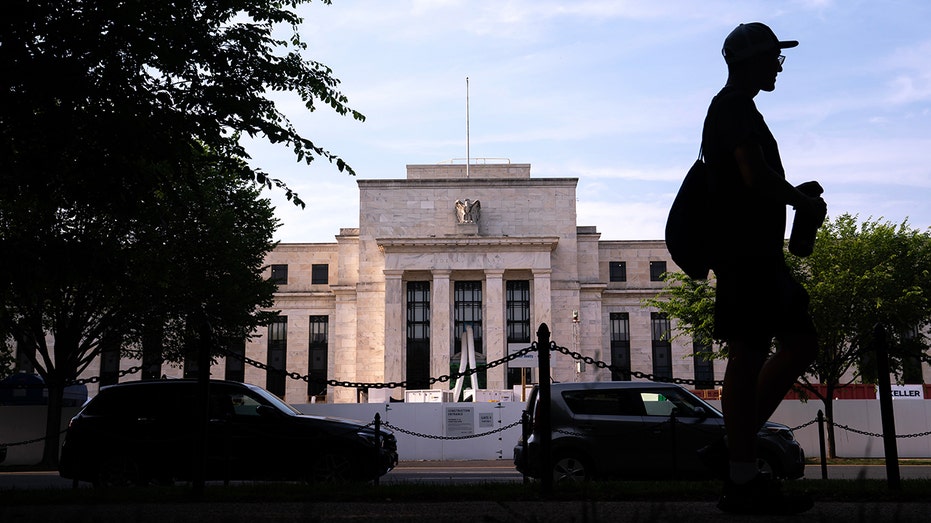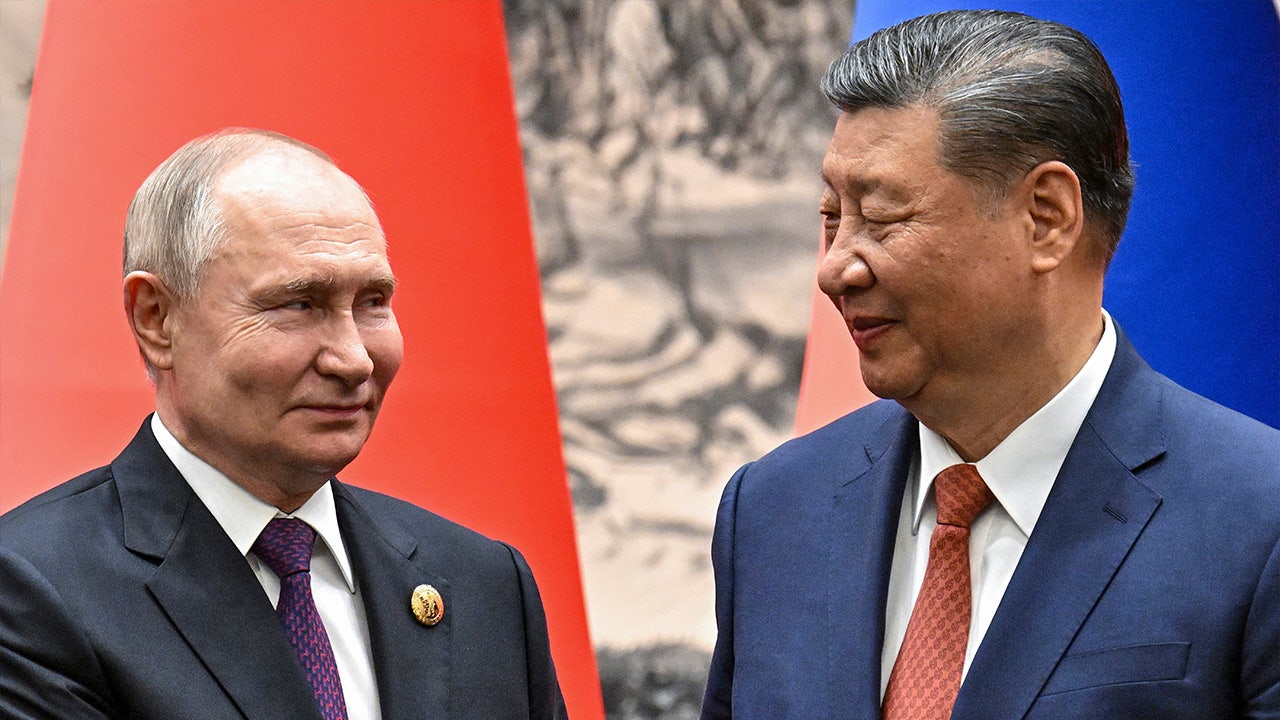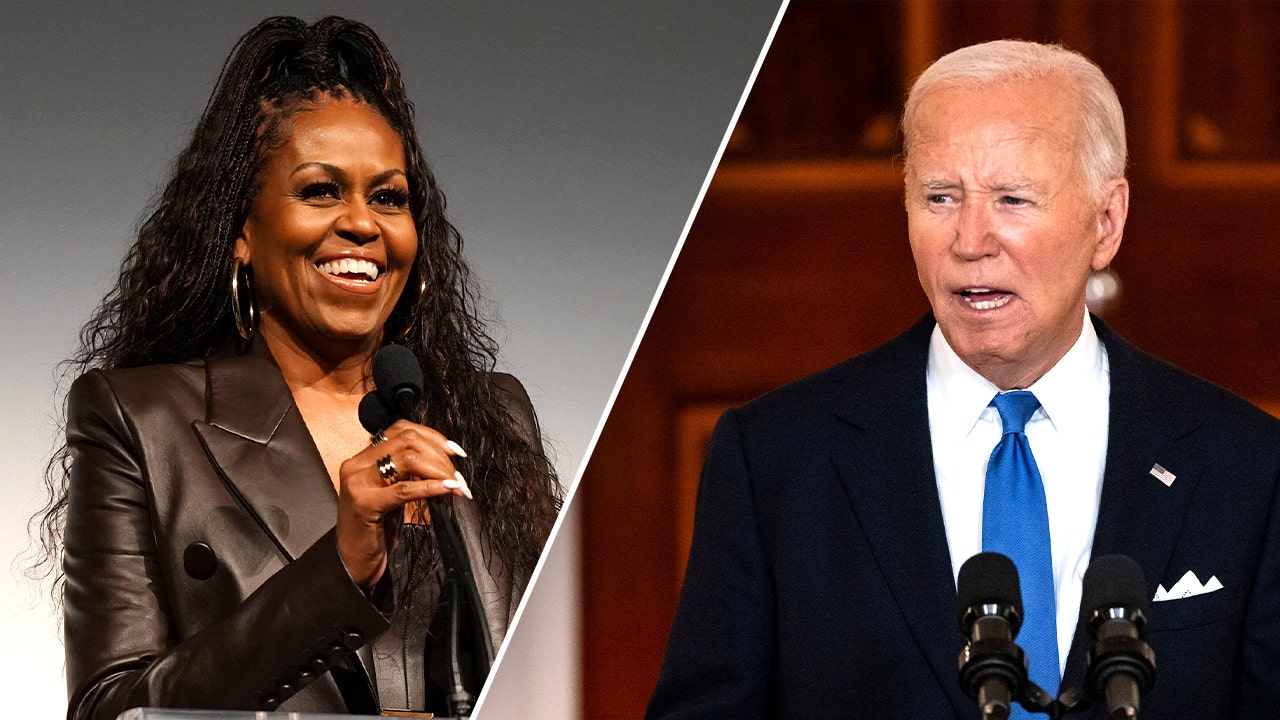Gold purchases by central banks around the world in 2023 were the second-largest in history on an annual basis, according to a June report by the World Gold Council.
The 2024 Central Bank Gold Reserves survey found that in 2023, central banks added 1,037 tons of gold, which ranked just behind the all-time record purchase of 1,082 tons in 2022.
The survey also found that 29% of central bank respondents plan to increase their gold reserves, which was the highest level the council has observed since it began the annual survey in 2018. Over two-thirds, 68% of respondents, said gold reserves will remain unchanged while 3% said they expect to decrease gold reserves.
Central banks’ planned purchases are mainly motivated by a desire to rebalance their portfolios to a preferred level of strategic gold holdings, with domestic gold production and financial market concerns also a contributing factor.
AN ETF TO PLAY GOLD, SILVER, COPPER, EVERYTHING IN BETWEEN
The most relevant factors central banks considered in their decisions to hold gold reserves were its ability to serve as an inflation hedge and long-term store of value (42% highly relevant, 46% somewhat), and its performance during times of crisis (47% highly, 35% somewhat).
The least important factor in gold portfolio decision-making from the survey was gold serving as a component of a de-dollarization policy, with 68% saying it wasn’t a relevant factor and 21% responding that it was only marginally considered.
WHY GOLD ETFS ARE AN ALTERNATIVE TO BONDS AS INFLATION LINGERS

Also, anticipation of changes in the international monetary system was irrelevant for 58% of respondents and just marginally relevant for 26%.
Analysts at Bank of America recently forecast that gold prices could potentially surge to $3,000 per ounce in the next 12 to 18 months, though they acknowledged that current market conditions don’t support such a significant gain.
COSTCO GOLD AND SILVER SALES ‘SEEM TO HAVE GROWN CONSIDERABLY’

The Bank of America analysis believes that noncommercial demand would help drive the rise to $3,000, which would require a gain of about 28% from Friday’s closing price of $2,326.47 an ounce for spot gold and $2,339.60 for gold futures.
It sees a potential interest rate cut by the Federal Reserve could serve as a catalyst for a rise in the price of gold as investors move funds into gold ETFs that are backed by physical reserves.
“Ongoing central bank purchases are also important, and a push to reduce the share of USD in foreign exchange portfolios will likely prompt more central bank gold buying,” the analysts said.
Gold futures are up about 12.7% year-to-date and 21.1% from a year ago as of Friday’s market close.
Reuters contributed to this report.












